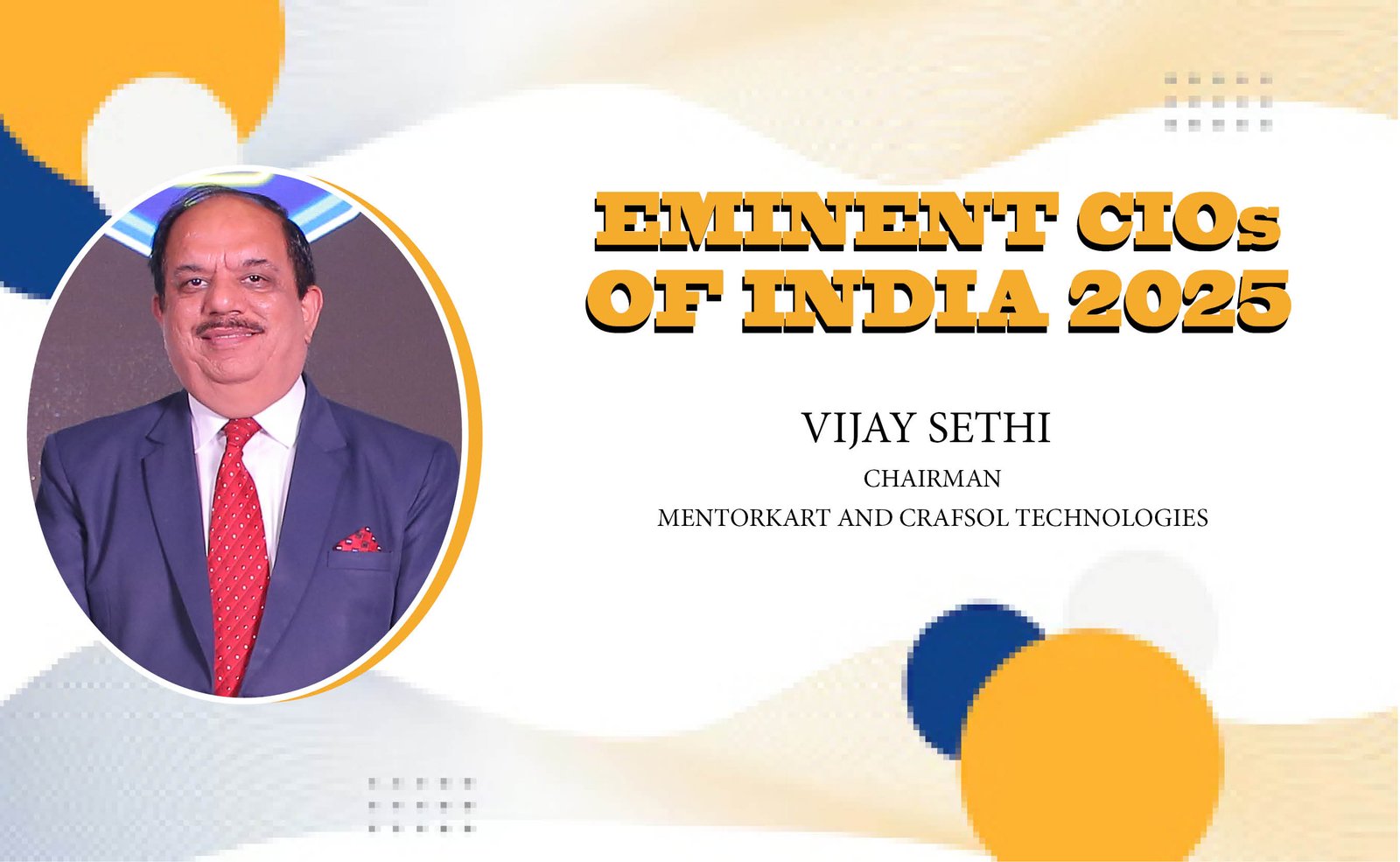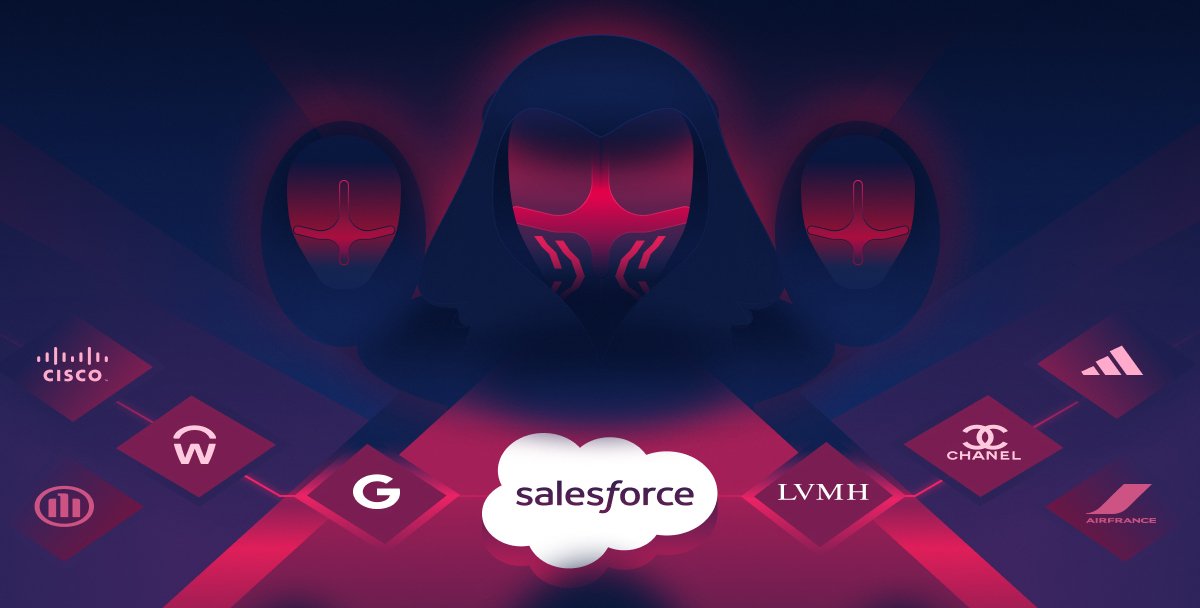Vijay Sethi, Chairman - MentorKart and Crafsol Technologies
AI Driving Business Transformation
The year 2025 marks a transformative era for technology, with AI taking centre stage across organizations. AI is no longer limited to basic automation; it is now deeply integrated into critical business functions like sales, production, quality control, and finance.
Generative AI tools such as ChatGPT and Gemini are revolutionizing operations, enabling advanced analytics, predictive modelling, and content creation. Beyond generative AI, technologies like IoT, operational technologies (OT), and robotic process automation (RPA) are reshaping traditional systems, driving organizations toward becoming fully data-driven.
A key trend is the rise of agentic AI, where AI agents autonomously perform tasks without constant human input, significantly enhancing efficiency and transforming workflows.
Balancing AI Benefits And Risks
However, AI is a double-edged sword. While it boosts productivity, reduces costs, and fosters innovation, it also introduces significant cybersecurity risks. Cybercriminals are leveraging AI to target organizational data, and the potential for data poisoning or misuse of generative AI tools poses serious threats. Employees often unknowingly expose sensitive information through AI platforms, highlighting the need for robust cybersecurity measures and greater awareness.
Despite organizations implementing policies, adopting zero-trust frameworks, and conducting training programs, integrating cybersecurity into the organizational culture remains a challenge. Without deeper commitment, the negative impacts of AI could outweigh its benefits.
CIOs Transition To Strategic Leaders
The role of Chief Information Officers (CIOs) is also evolving. As organizations increasingly rely on technology for growth, CIOs are transitioning from tactical roles to strategic leadership positions. They are now expected to drive innovation, align technology with business goals, and contribute to organizational success.
This shift requires CIOs to enhance their management skills, understand business operations deeply, and collaborate closely with business leaders. While training programs are available, CIOs must actively broaden their perspectives, focusing on how technology creates value rather than just its technical aspects.
The AI Inflection Point
To sum up, 2025 is a pivotal year for technology adoption, with AI driving organizational transformation. While AI offers immense potential, it demands careful management of cybersecurity risks and a strategic approach to leadership. CIOs must embrace their evolving roles, balancing technical expertise with strategic vision to ensure technology remains a cornerstone of organizational success.






